Mostly Mute Monday: Lifting The Cosmic Veil
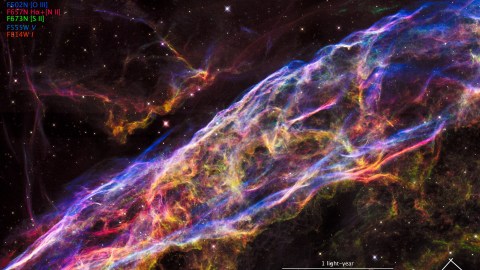
Supernova remnants return the insides of exploded stars back to the Universe, making things like us possible.
“No matter how ‘normal’ people look, living ‘ordinary’ lives, everyone has a story to tell. And may be, just like you, everyone else is a misfit too.”
–Sanhita Baruah

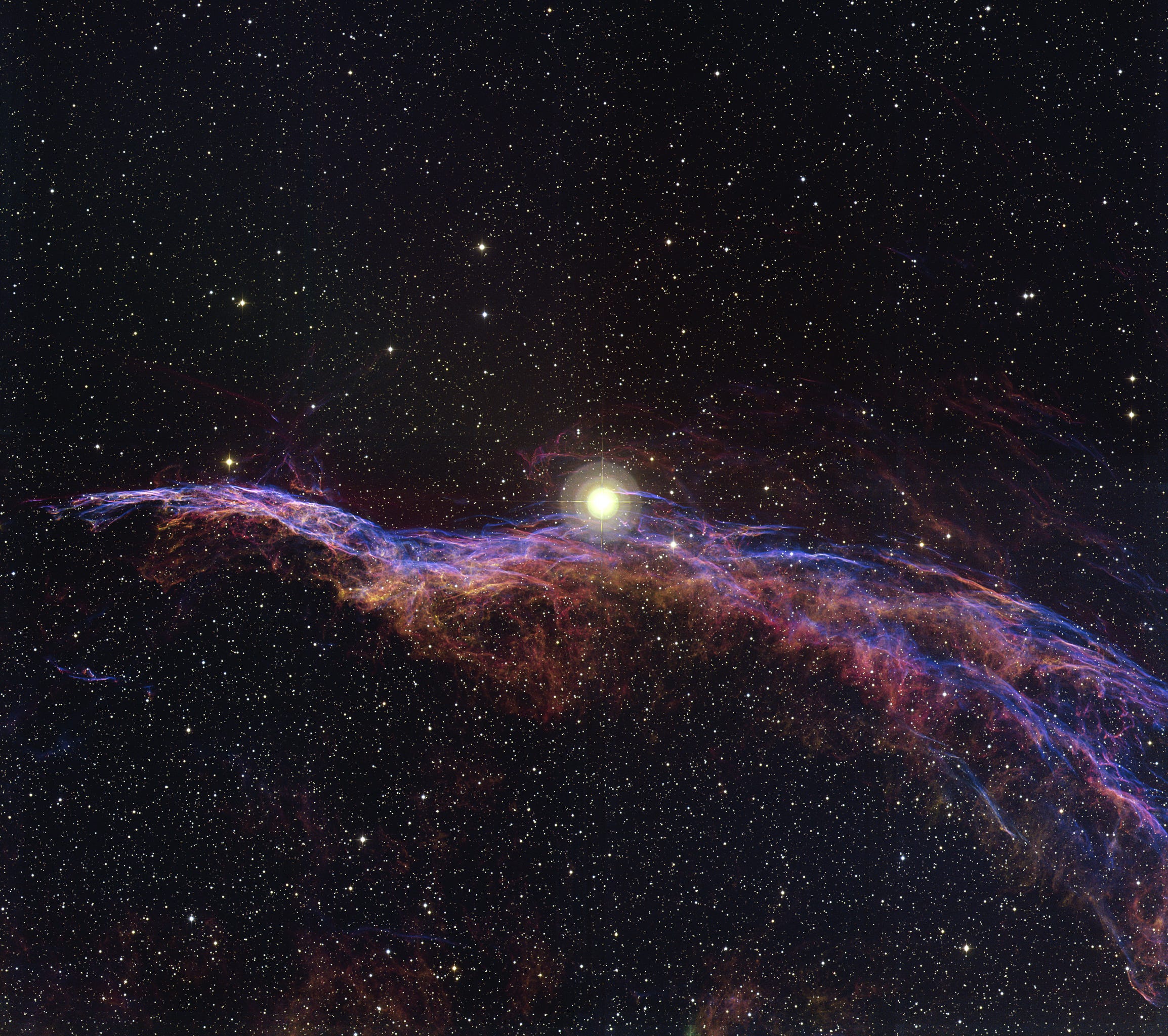
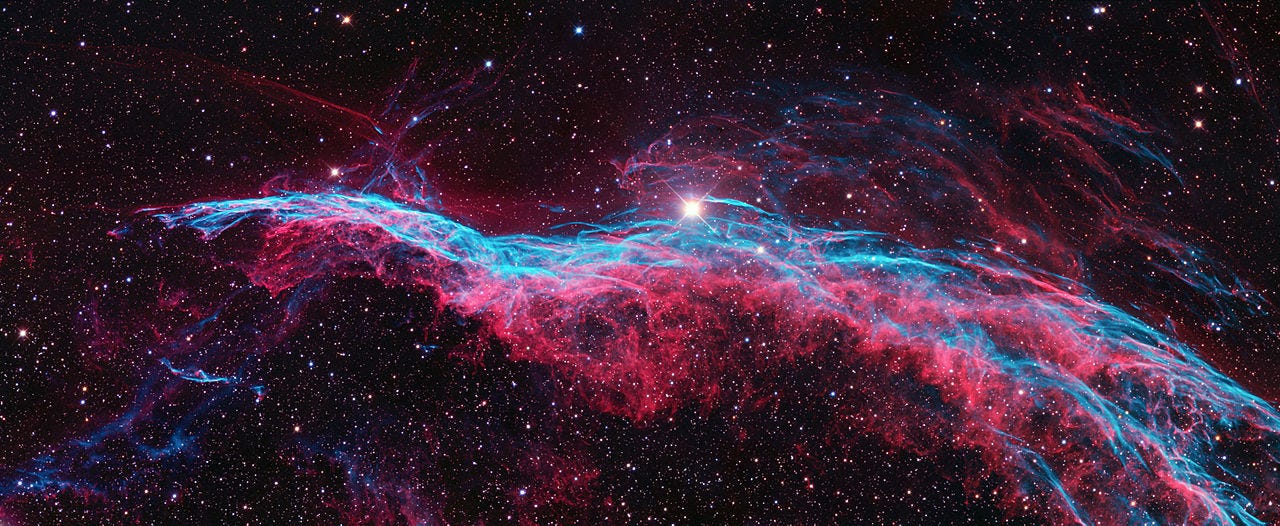
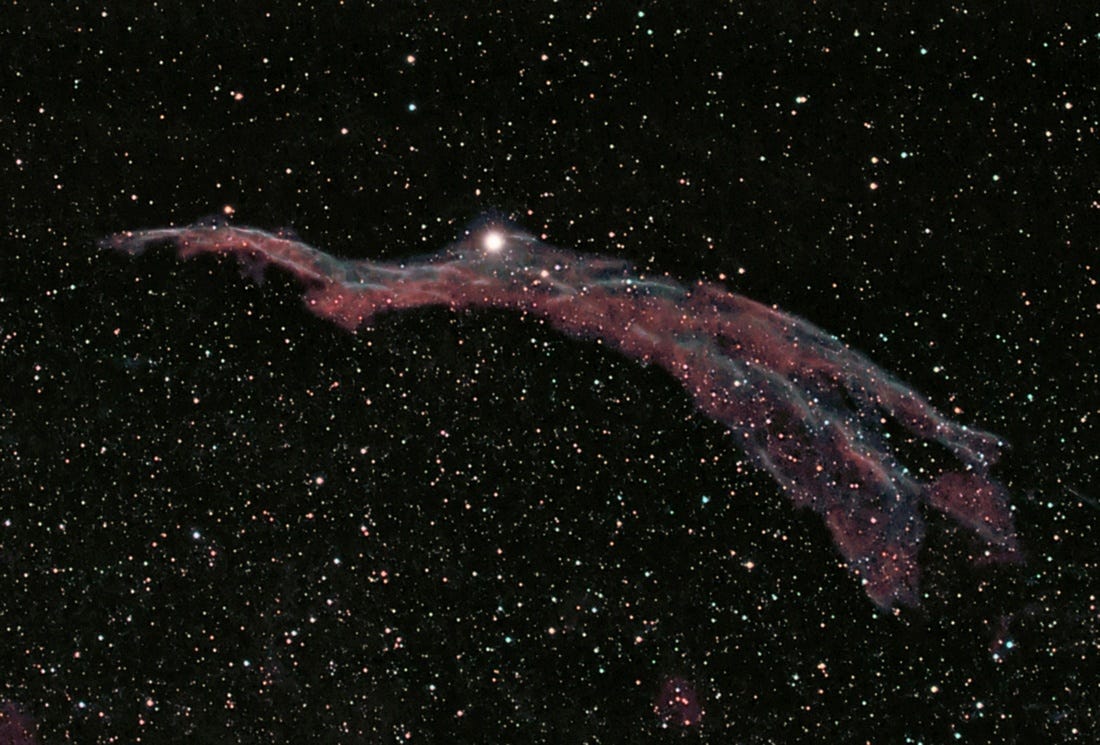
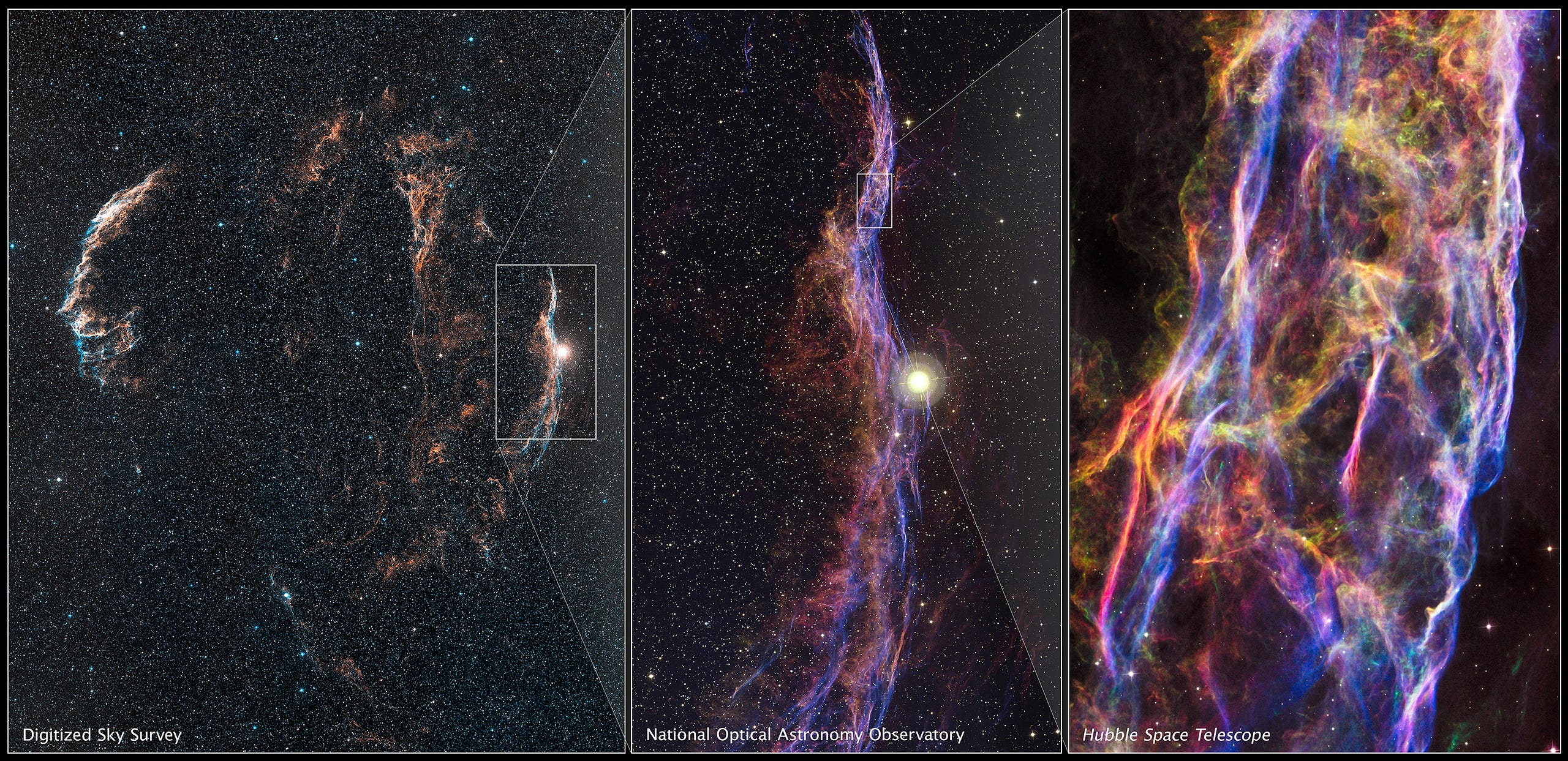
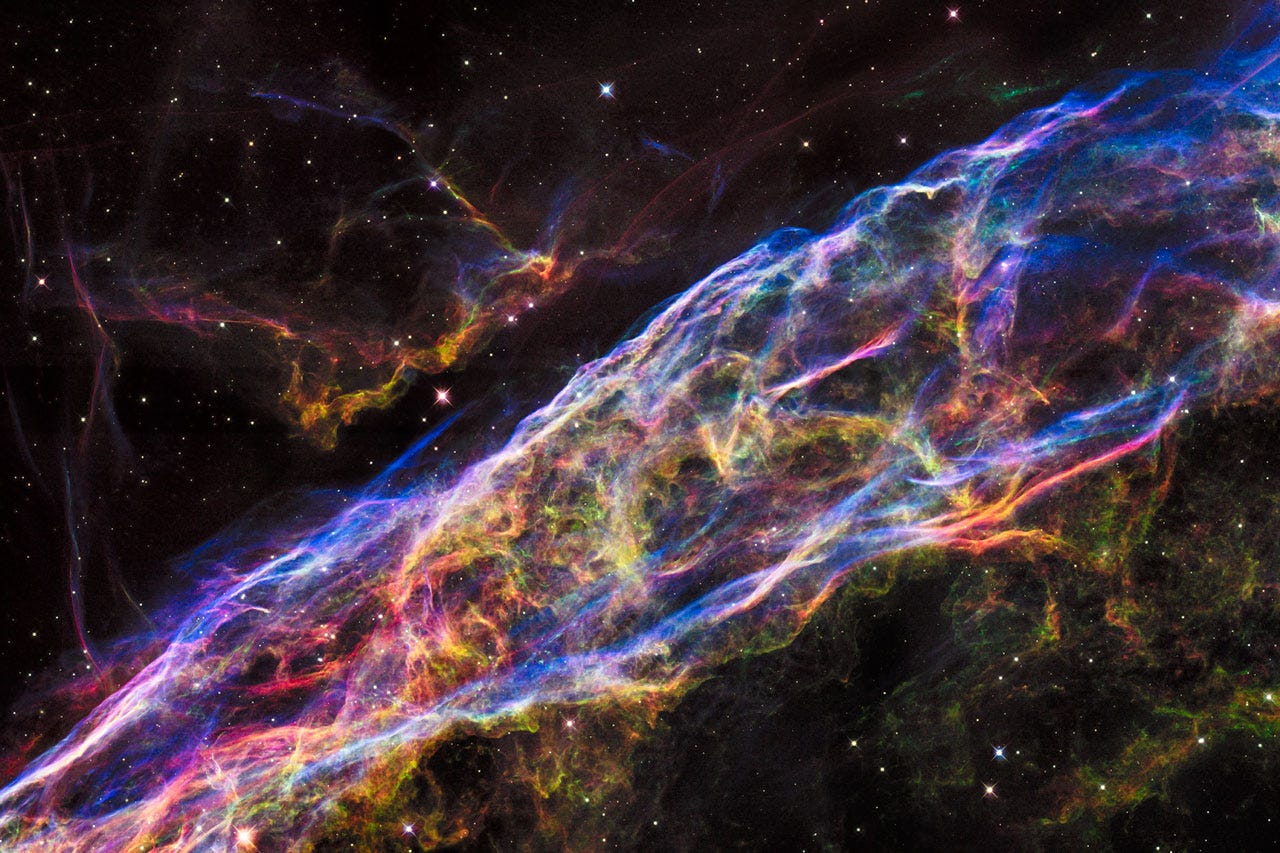

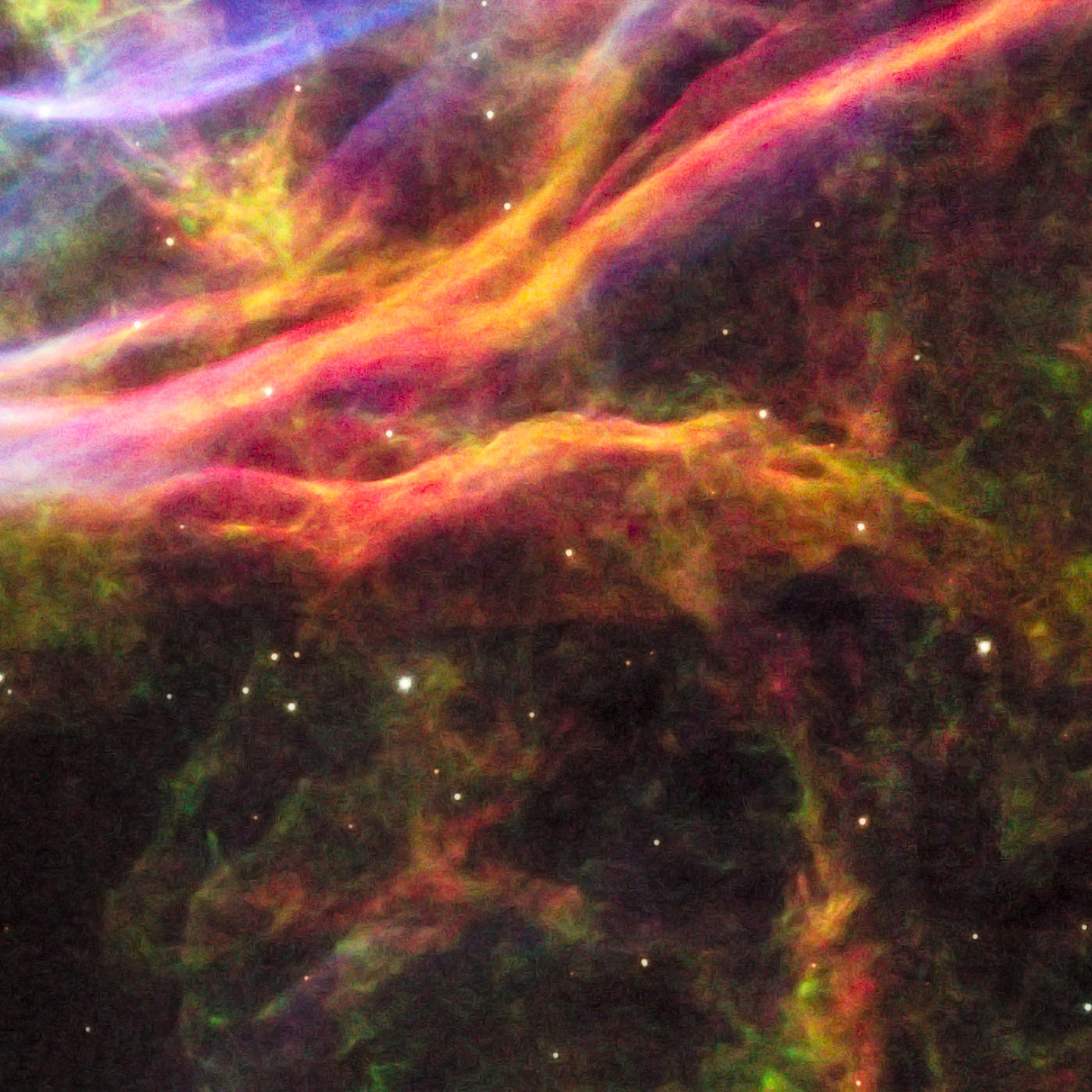
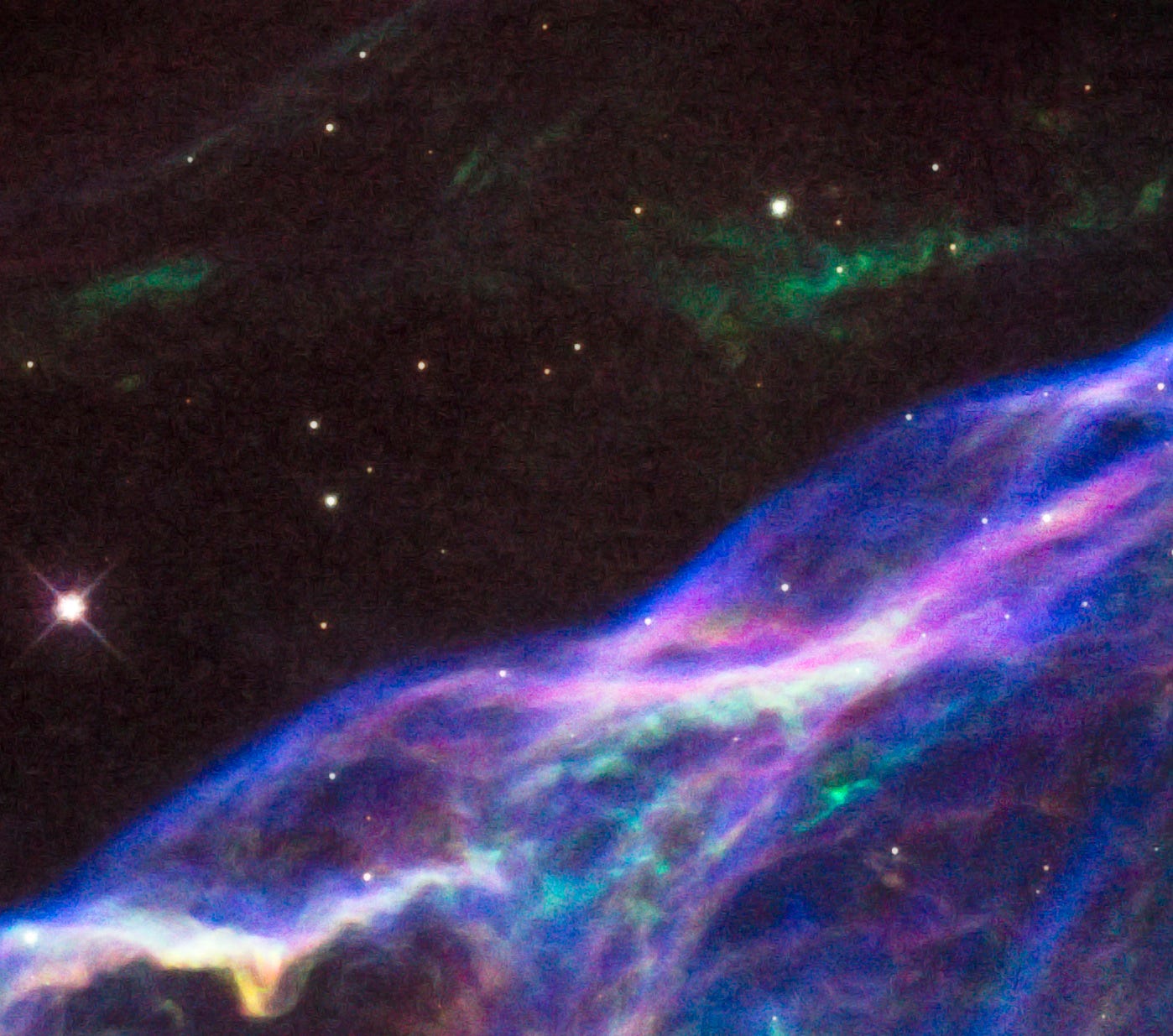
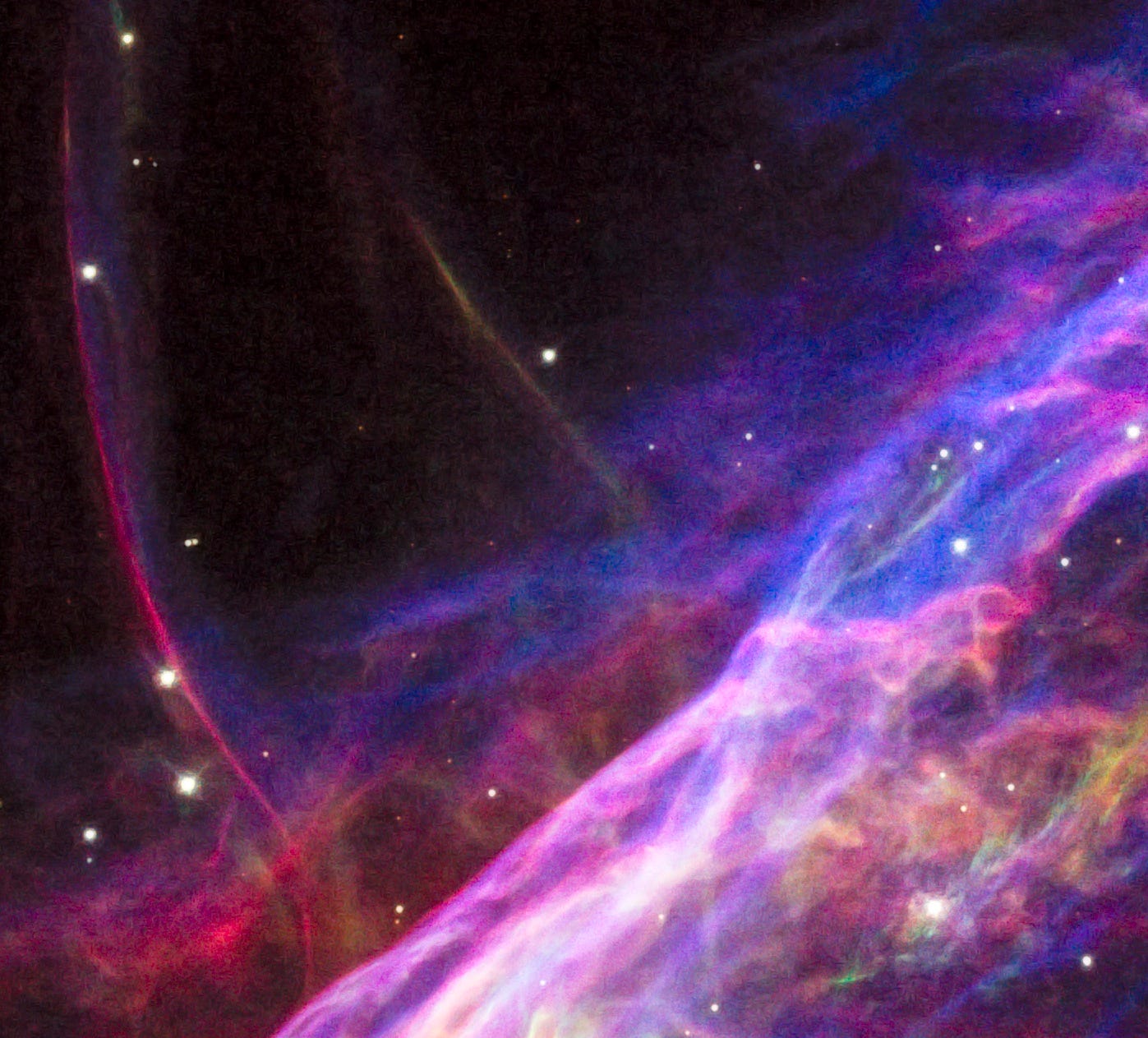
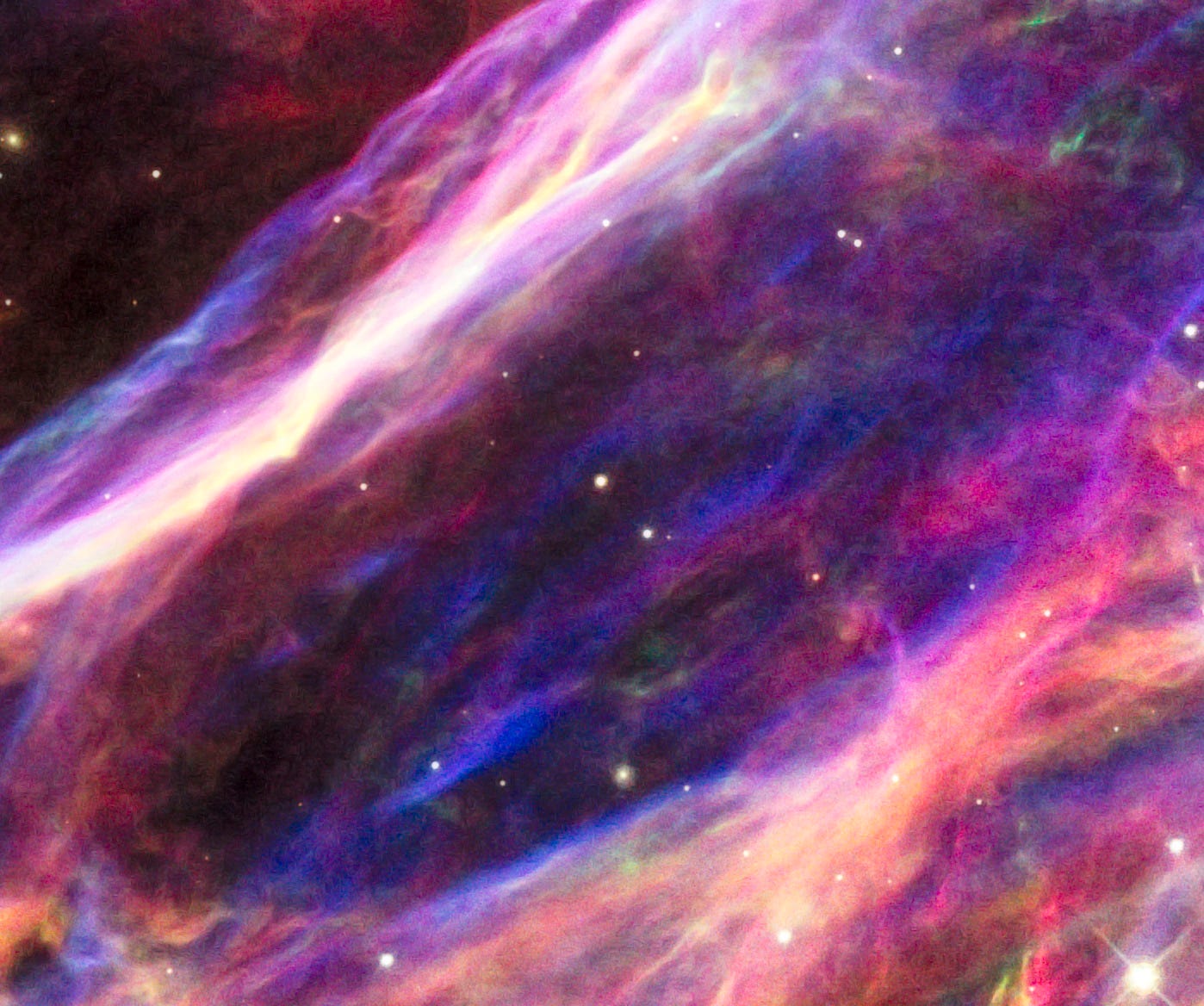
Thousands of years ago, a massive star near the end of its life exploded in a type II supernova, leaving behind a black hole at its center and sending its outer layers across the surrounding space. Some 1,500 light years away and 5,000–8,000 years later, that debris is 90 light years across. While the entire structure — the Cygnus Loop — is visible in the radio, infrared, ultraviolet (atop) and X-ray, the brightest visible feature is on the western edge: the Western Veil (or Witch’s Broom) nebula.
Although diffuse in visible light, it’s one of the brightest X-ray sources in the sky, with the central black hole remnant identified as Cygnus X-5. Imaged in unprecedented detail by the Hubble Space Telescope just last month, the progenitor star was at least 20 times the Sun’s mass, and has ejected oxygen, sulfur and hydrogen back into the interstellar medium. The wispy gas is so thin — just 0.002% of the nebula’s radius — that it’s only visible to us along the bubble’s edges. Discovered in 1904 by Williamina Fleming, some of the gas moves so quickly still it could travel from Earth to the Moon in just 15 minutes.

Mostly Mute Monday tells the story of a single astronomical phenomenon or object in visuals, images, video and no more than 200 words.
Leave your comments on our forum, & support Starts With A Bang on Patreon!





